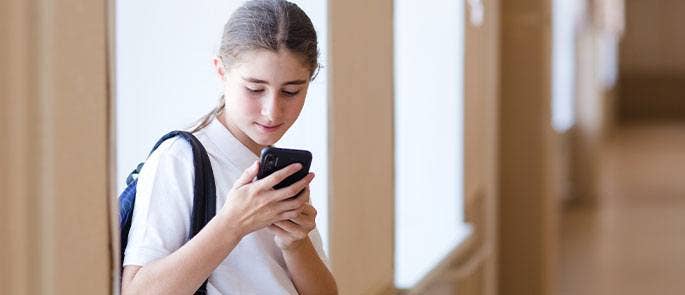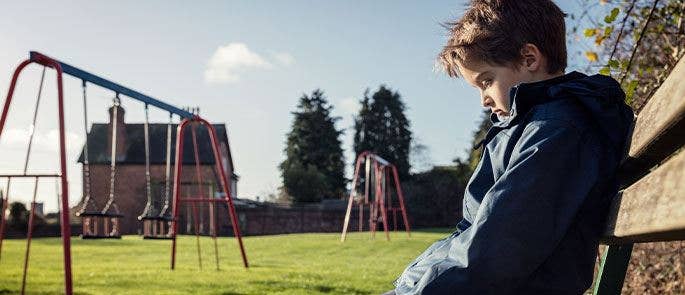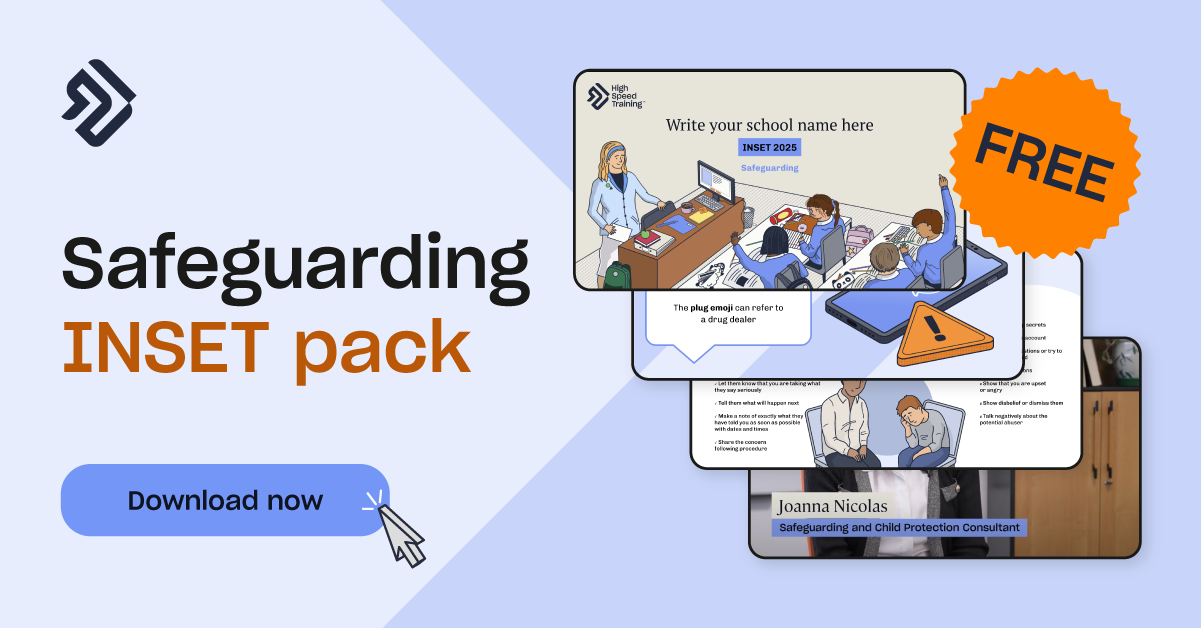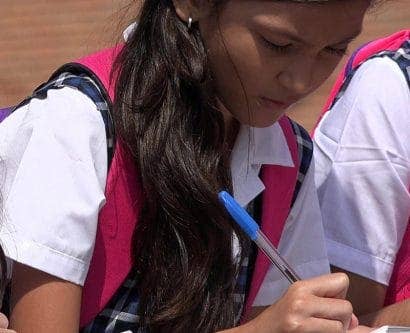What you Need to Know About Child-on-Child Abuse
Child abuse can take many different forms and doesn’t only occur in situations where there’s an imbalance of power due to age or authority. As a member of teaching staff, it’s important to be aware that, in some situations, children can abuse other children and your safeguarding responsibilities apply no matter the circumstances. In this article, we’ll outline what child-on-child abuse is, signs of child-on-child abuse to look out for and explain what you can do to help prevent it in your setting.
What is Child-on-Child Abuse?
Child-on-child abuse is any type of behaviour by a child that has the intention of harming another child, whether physically, emotionally or sexually. It can occur between children of the same age (peer-on-peer abuse), but can also occur in situations where there is an imbalance of power, whether because of a difference in age, maturity or size, for example.
All child-on-child abuse is harmful for both the victim and the perpetrator, regardless of the context and no matter the child’s age or stage of development.

It’s important to be aware that any child can be vulnerable to child-on-child abuse and it can occur in any setting, both inside and outside of the classroom, online or face-to-face and whether supervised or unsupervised by a responsible adult. This can make child-on-child abuse difficult to notice, even if you’re doing everything you can to look out for the signs and keeping safeguarding at the forefront of your mind.
Examples of child-on-child abuse include:
- Bullying, including online bullying (cyberbullying).
- Coercion and exploitation.
- Coercive control.
- Emotional abuse.
- Financial abuse.
- Girlfriend, boyfriend or partner abuse (teenage relationship abuse).
- Initiation, ‘hazing’ violence or rituals.
- Online abuse.
- Peer-on-peer grooming.
- Physical abuse.
- Sexting and sextortion.
- Sexual harassment and harmful sexual behaviour.
- Sharing naked or semi-naked photos or videos without permission.
- Threatening language received online.
- Upskirting.
Looking to Learn More?
Our full range of online CPD Courses for Teaching and Education, including Designated Safeguarding Lead, Harmful Sexual Behaviour in School and Online Safety and Harms Course are designed especially for education professionals to help develop existing knowledge and learn new skills for the classroom.
Signs of Child-on-Child Abuse
Below are some of the signs of child-on-child abuse to look out for if you suspect that it is happening in your setting. Note that these signs aren’t always necessarily a cause for concern and don’t always indicate abuse. When assessing a situation you should consider the child’s individual circumstances, use your professional curiosity and carefully judge the situation before coming to a conclusion.
Signs of child-on-child abuse include:
- Persistent absence from school or noticeable disinterest in school activities.
- Difficulty engaging with learning, such as withdrawing from lessons or struggling to complete schoolwork to the usual standard.
- Unexplained physical injuries or physical complaints, such as headaches or stomach aches, especially when recurring.
- Signs of mental health or emotional difficulties, such as anxiety, panic attacks or low mood.
- Becoming withdrawn, overly shy or socially isolated.
- Low self-esteem or lack of confidence.
- Disrupted sleep patterns, including insomnia, nightmares or excessive sleeping.
- Misuse of alcohol or other substances.
- Noticeable and sudden changes in behaviour.
- Behaviour that is inappropriate for the child’s age or stage of development.
- Displaying abusive or harmful behaviour towards others or oneself, including self-harm or violent outbursts.
- Power imbalances between the children involved in an incident (e.g. differences in age, size, ability or maturity).
- Repeated attempts by one child to harm or intimidate another.

How to Prevent Child-on-Child Abuse
All members of school staff should know what child-on-child abuse is, how to recognise it and what to do when harmful behaviour between children is suspected or confirmed.
Keeping Children Safe in Education guidance states that child-on-child abuse should never be ignored, accepted, dismissed or downplayed as “just banter”, “just having a laugh”, “part of growing up” or “boys being boys.” This dismissal can lead to an unsafe environment for children and a culture that normalises abusive and unacceptable behaviour.
Child-on-child abuse can cause significant, long-lasting trauma for children, as well as physical harm, a decline in mental health, isolation from peers and missing education. Therefore, schools must have appropriate strategies in place to prevent child-on-child abuse, recognise issues quickly and manage problems effectively.
Your setting can help to prevent child-on-child abuse by:
- Understanding exactly which specific behaviours constitute abuse and documenting these, with examples, in a policy. Remove any ambiguity so staff members know exactly when to have cause for concern.
- Establishing an effective culture of safeguarding in your setting where the welfare of children is always promoted and safeguarding practices are key in every aspect of your organisation.
- Being clear and consistent about what is considered unacceptable behaviour and language, so that children and teachers both recognise what is acceptable and what will trigger consequences.
- Ensuring children feel safe and able to share their concerns about child-on-child abuse, knowing they won’t be judged and will be taken seriously.
- Creating an environment where children understand equality, consent and healthy relationships and feel empowered to make informed choices about their behaviour.
- Teaching PSHE and Relationships Education appropriately to help children develop their understanding of acceptable and unacceptable behaviours.
- Practicing contextual safeguarding and recognising that child-on-child abuse doesn’t only happen in supervised educational settings, but also at home and within the community.
Child-on-child abuse involves harmful behaviour by one child towards another and can occur in various forms, both online and in person. Child-on-child abuse can sometimes be hard to detect as it often occurs in private, but it can have serious emotional, physical and psychological consequences for the children involved. School staff must be able to recognise the signs of harmful behaviours and create a strong safeguarding culture to help prevent them from happening.
Further Resources:
- Free Safeguarding INSET Pack
- CPD Courses for Teaching and Education
- How to Create an Effective Culture of Safeguarding in Schools
- Understanding Children Missing Education (CME)












